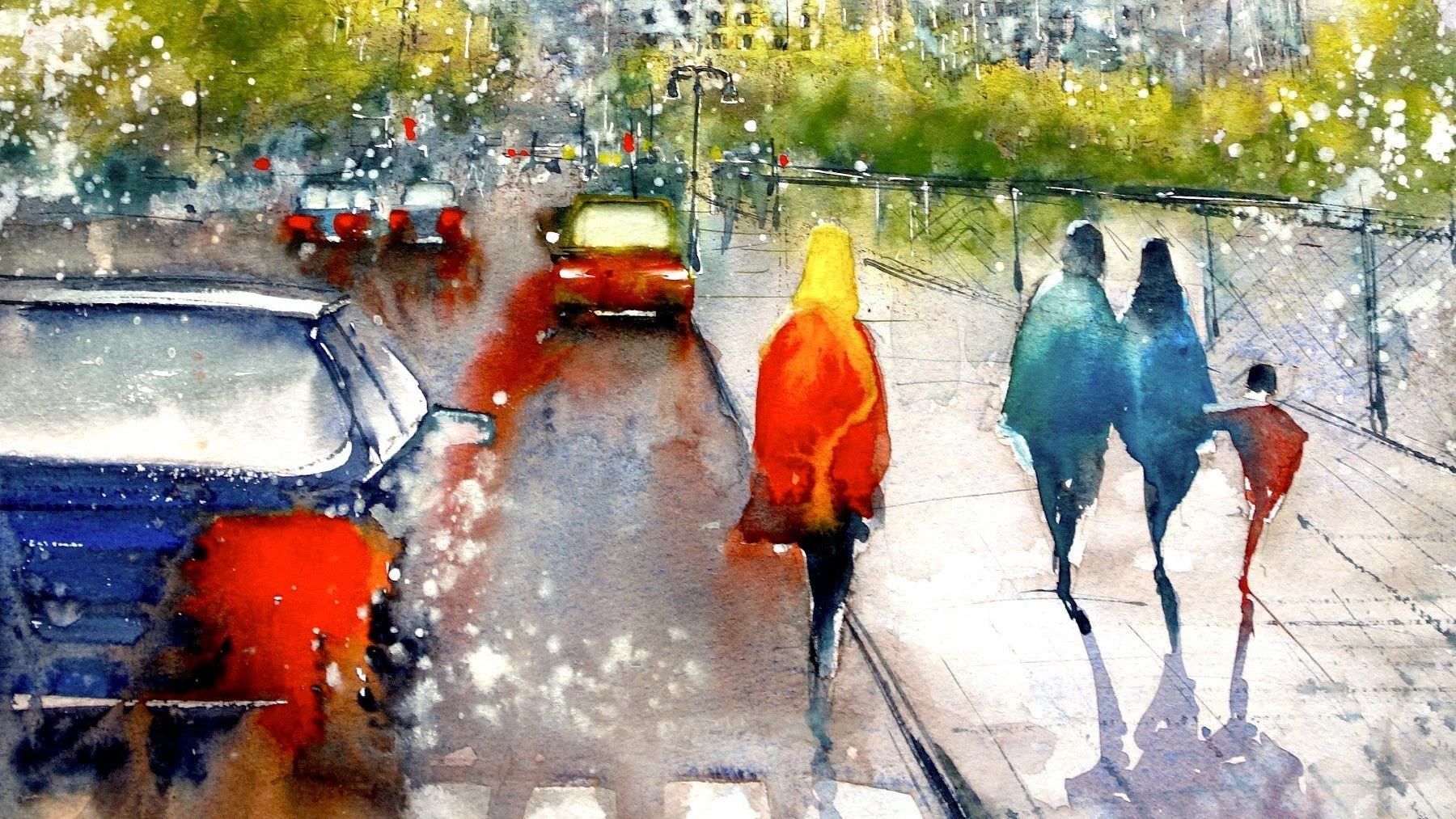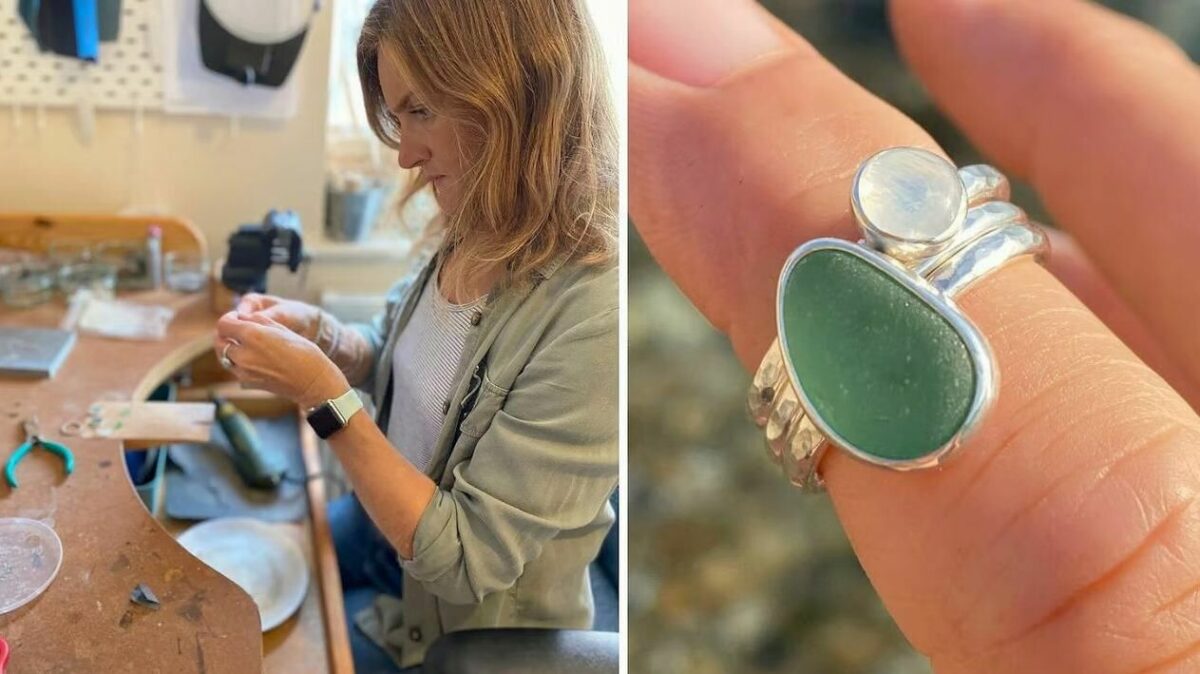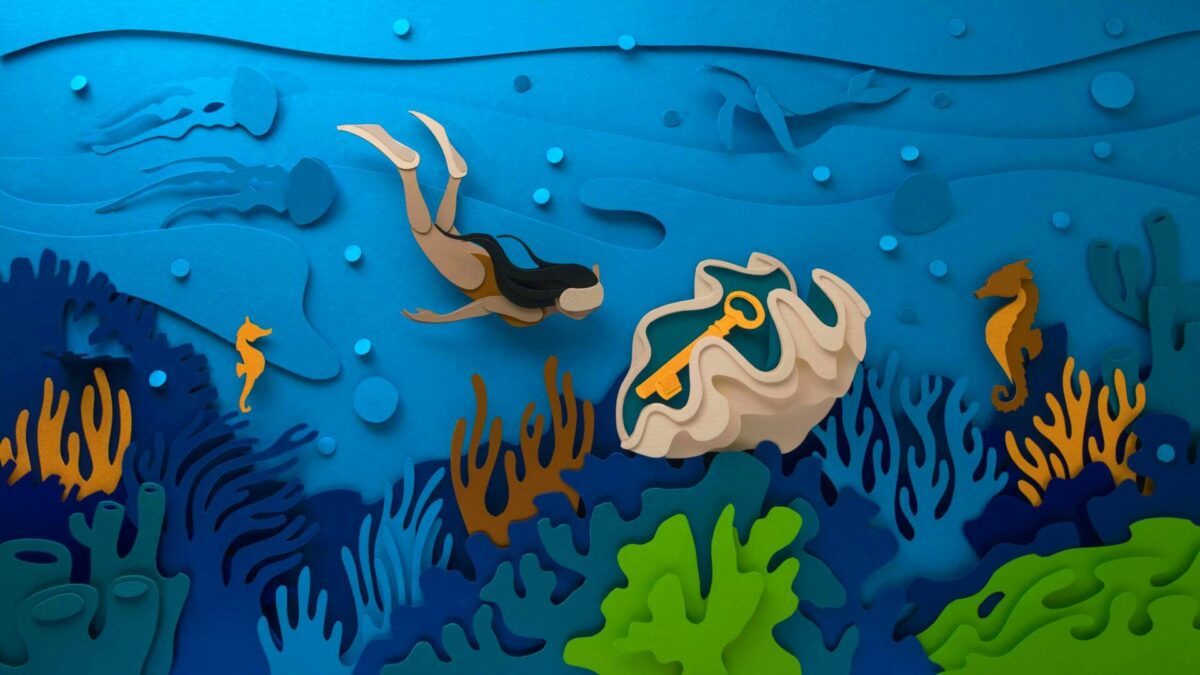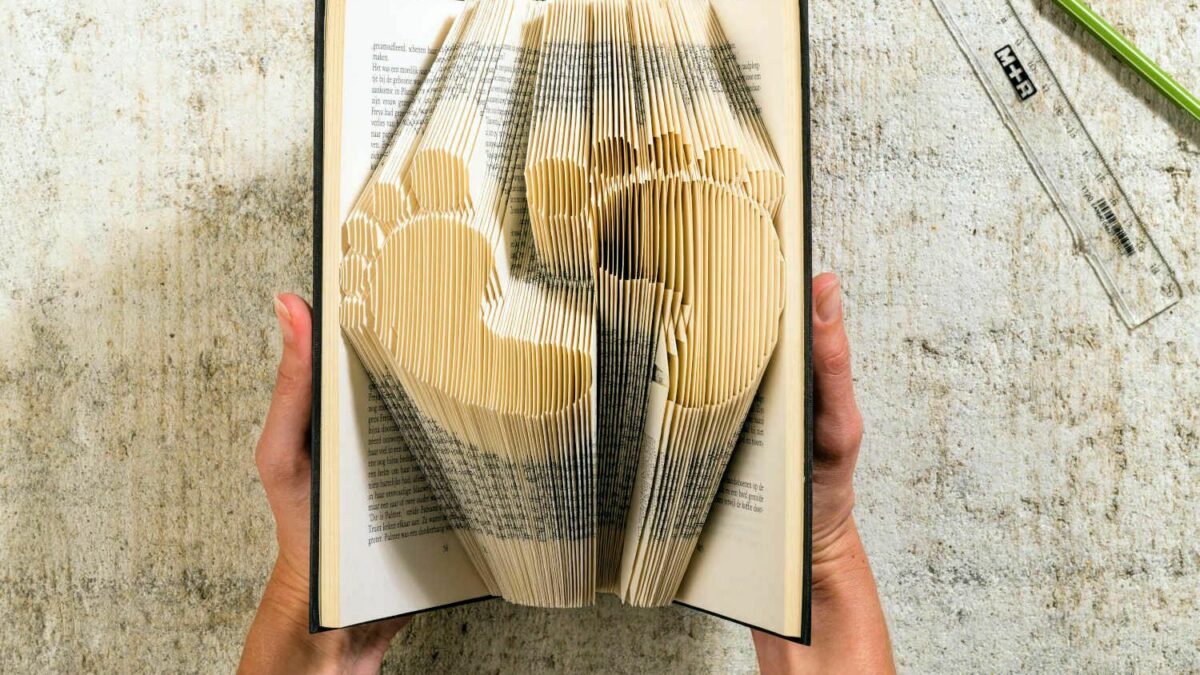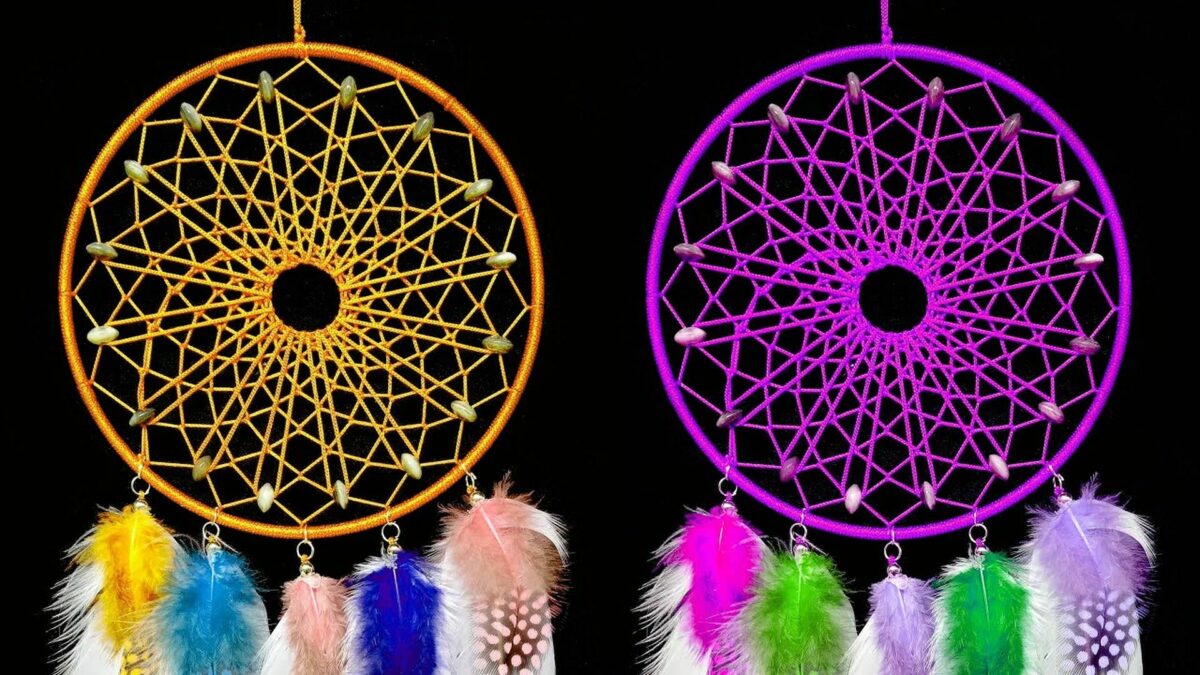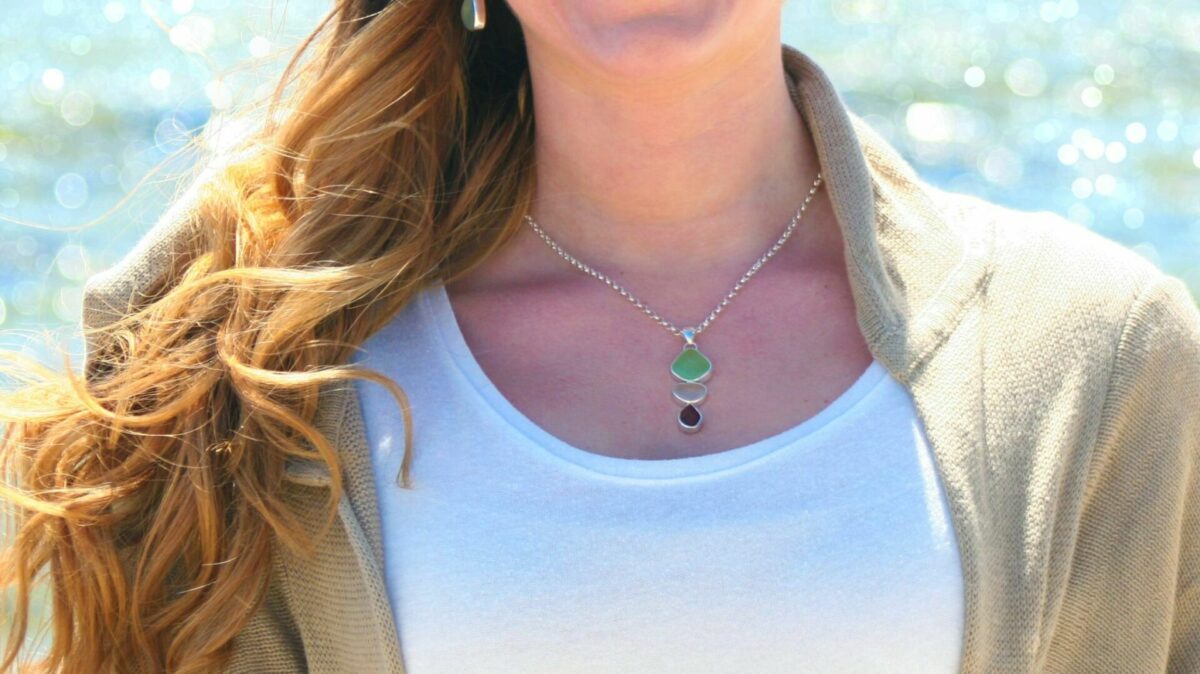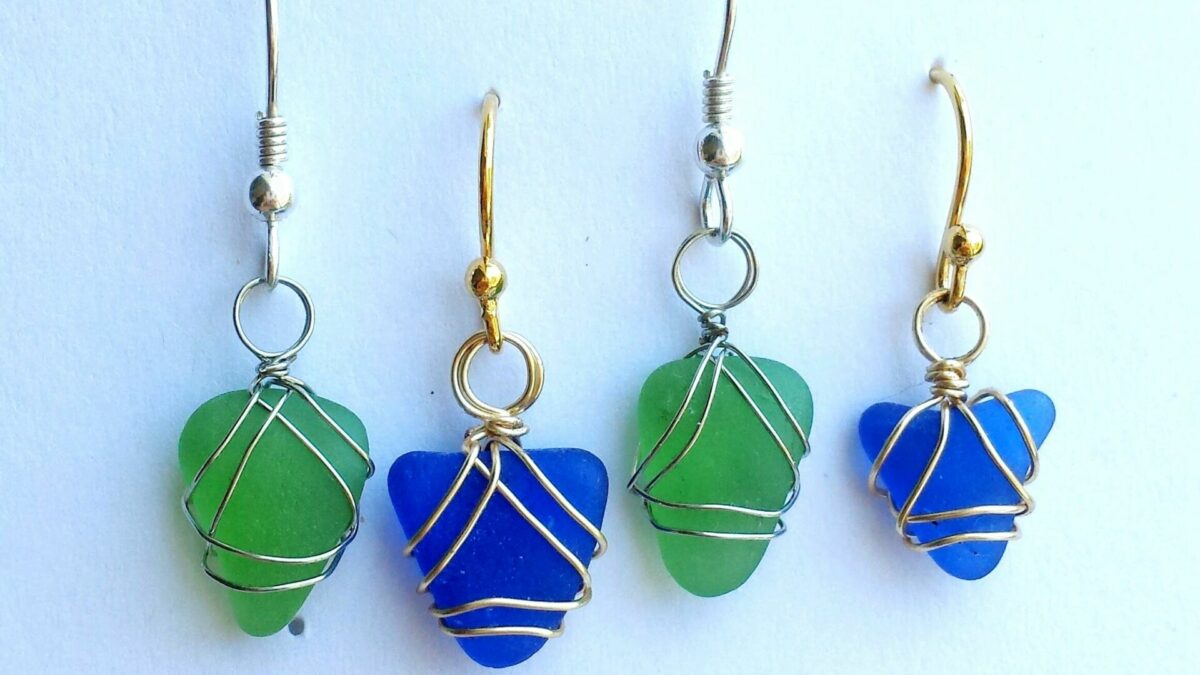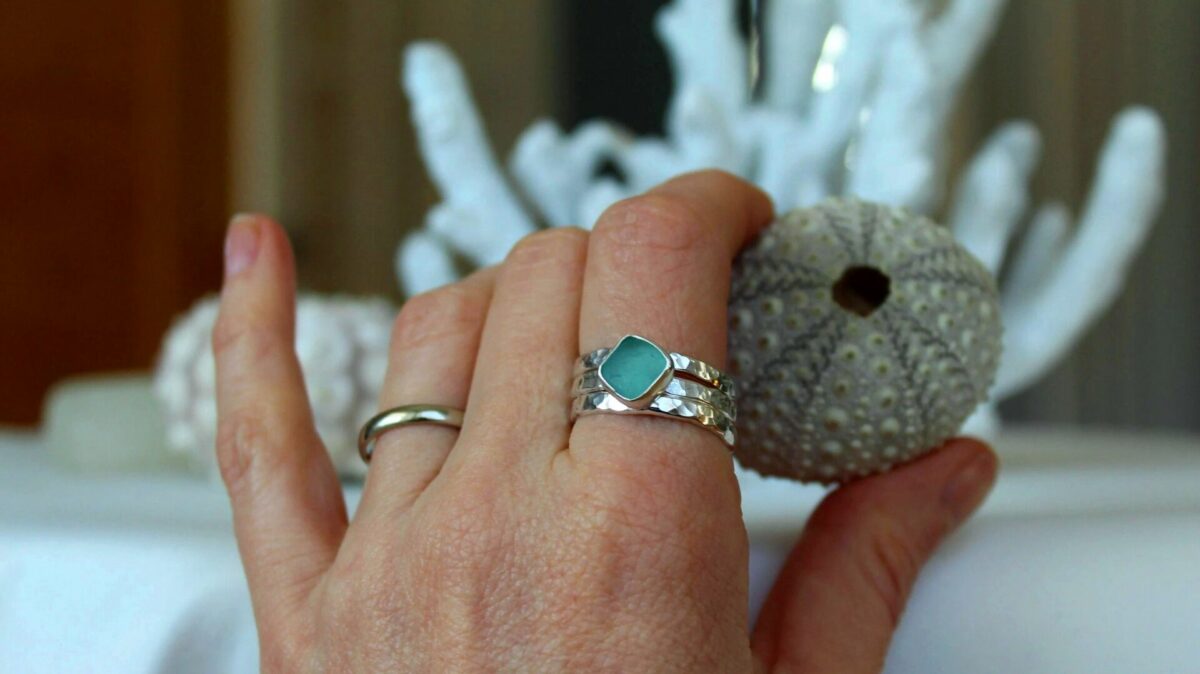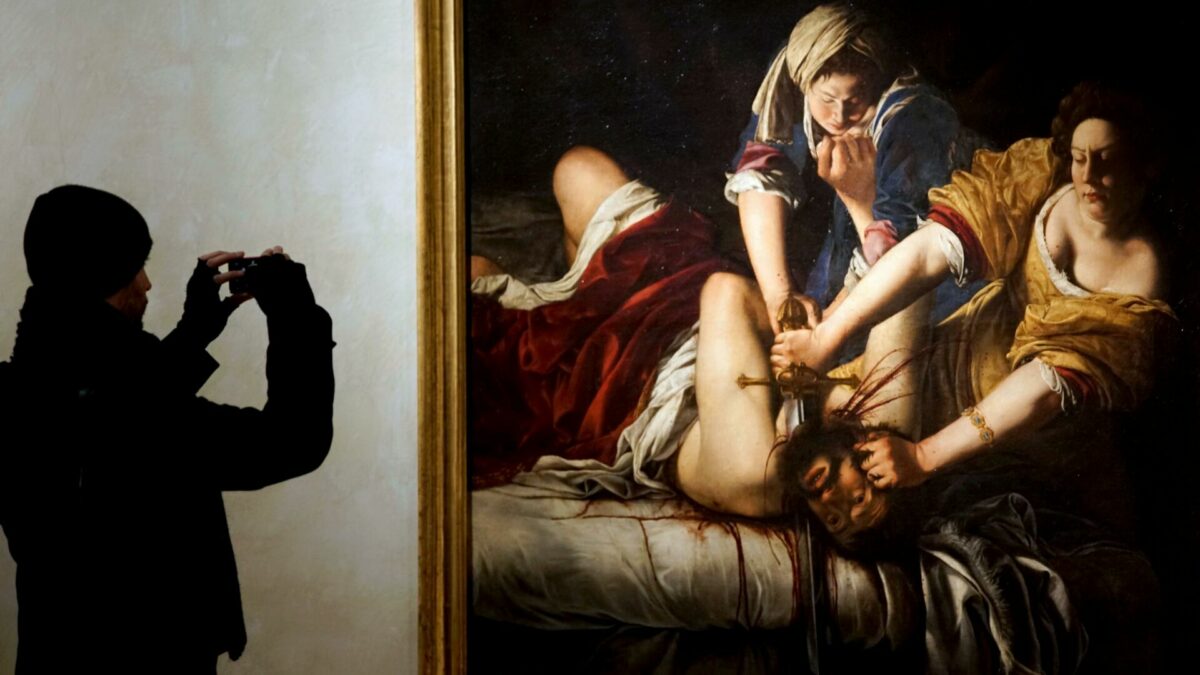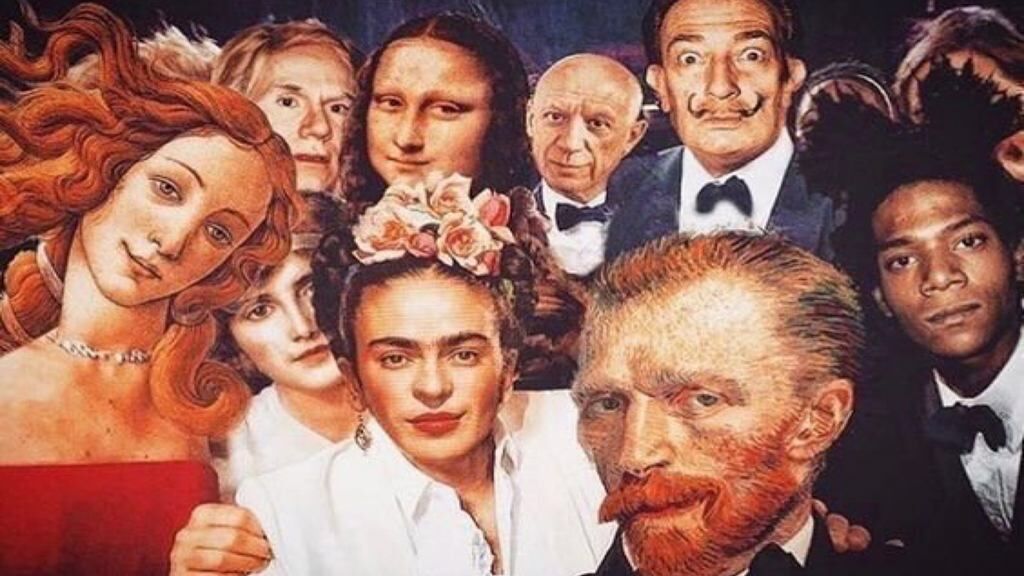Blog
Watercolor Painting for Beginners: Materials and Techniques
Introduction to Watercolor Painting: A Beginner’s Guide
Watercolor painting is a beautiful and versatile medium that has been used by artists for centuries. It is a popular choice for beginners because of its ease of use and affordability. Watercolor painting is a technique that involves using water-soluble pigments to create a painting. The pigments are mixed with water and applied to paper using a brush. The result is a painting that has a unique and delicate quality.
Watercolor painting is a great way to express your creativity and explore your artistic abilities. It is a medium that can be used to create a wide range of styles, from realistic landscapes to abstract designs. Whether you are a beginner or an experienced artist, watercolor painting is a medium that can be enjoyed by all.
Essential Materials for Watercolor Painting: What You Need to Get Started
To get started with watercolor painting, you will need a few essential materials. The first thing you will need is watercolor paper. Watercolor paper is specially designed to absorb water and hold the pigments in place. It comes in different weights and textures, so it is important to choose the right paper for your project.
You will also need watercolor paints. Watercolor paints come in tubes or pans and are available in a wide range of colors. It is important to choose high-quality paints that are lightfast and have good pigment concentration. You will also need a palette to mix your paints on and a variety of brushes in different sizes and shapes.
Other essential materials include a water container, a pencil, an eraser, and masking tape. Masking tape is used to create clean edges and protect areas of the paper that you do not want to paint.
Basic Techniques for Watercolor Painting: Tips and Tricks for Beginners
Watercolor painting requires a different approach than other painting techniques. It is important to understand the basic techniques and how to use them to create different effects. The first technique is wet-on-wet. This involves applying wet paint to wet paper, which creates a soft and blended effect. The second technique is wet-on-dry. This involves applying wet paint to dry paper, which creates a more defined and crisp effect.
Another important technique is layering. This involves building up layers of paint to create depth and texture. It is important to let each layer dry before applying the next layer. You can also use different techniques to create different textures, such as salt, alcohol, and splattering.
When painting with watercolors, it is important to work quickly and confidently. Watercolor paints dry quickly, so it is important to work fast and not overwork the paint. It is also important to use a light touch when applying the paint and to let the water do the work.
Step-by-Step Guide to Creating Your First Watercolor Painting: A Beginner’s Tutorial
Now that you have your materials and understand the basic techniques, it is time to create your first watercolor painting. Here is a step-by-step guide to get you started:
Step 1: Choose your subject and sketch it lightly on your watercolor paper using a pencil.
Step 2: Apply masking tape around the edges of your paper to create clean edges.
Step 3: Wet your paper with a clean brush and water. This will help the paint to spread more easily.
Step 4: Apply your first layer of paint using the wet-on-wet technique. Use a light touch and let the water do the work.
Step 5: Let the first layer dry completely before applying the next layer. You can use a hairdryer to speed up the drying process.
Step 6: Continue building up layers of paint until you are happy with the result. Remember to let each layer dry completely before applying the next layer.
Step 7: Remove the masking tape and admire your finished painting.
Watercolor painting is a beautiful and rewarding medium that can be enjoyed by artists of all levels. With the right materials and techniques, you can create stunning paintings that capture the beauty of the world around you. So, grab your brushes and start painting!

